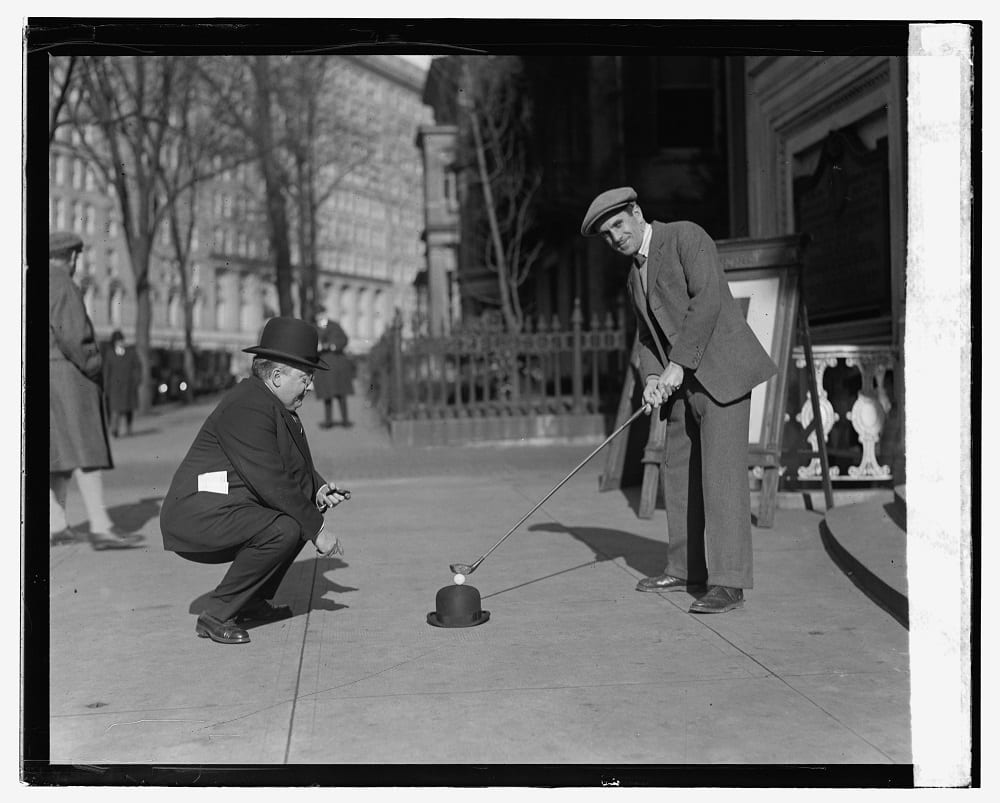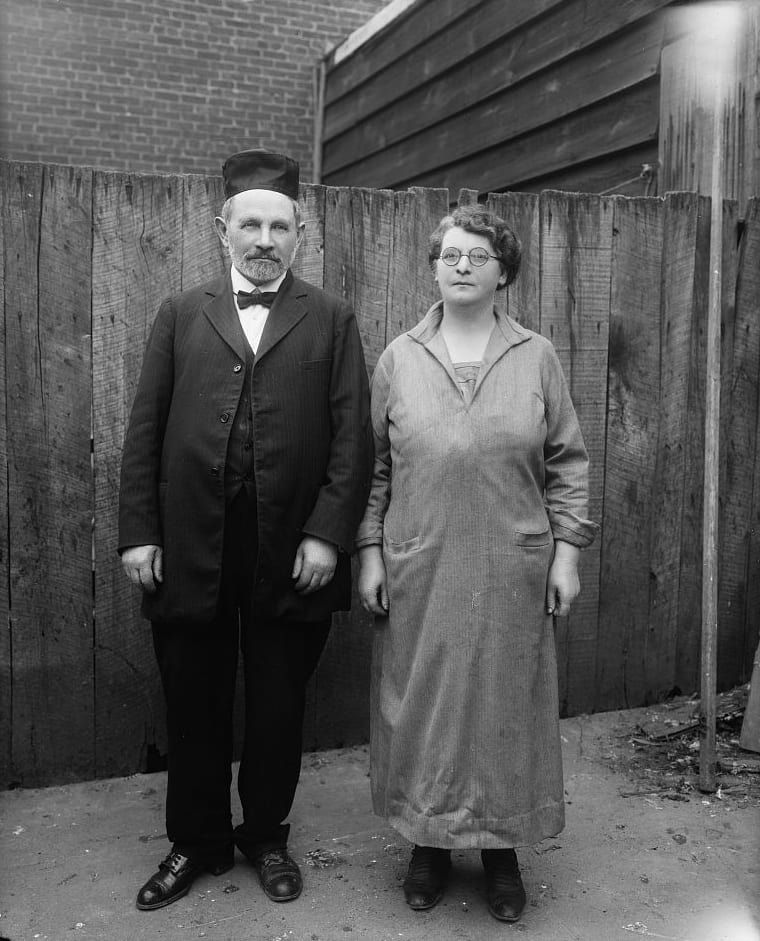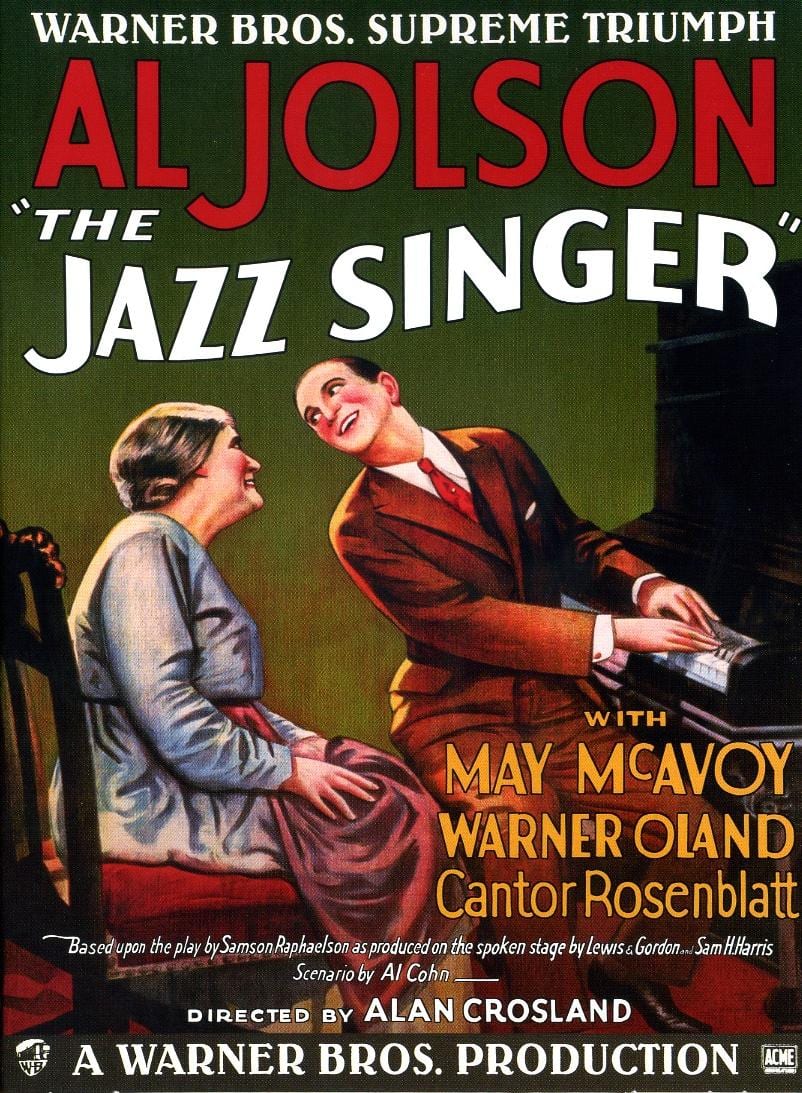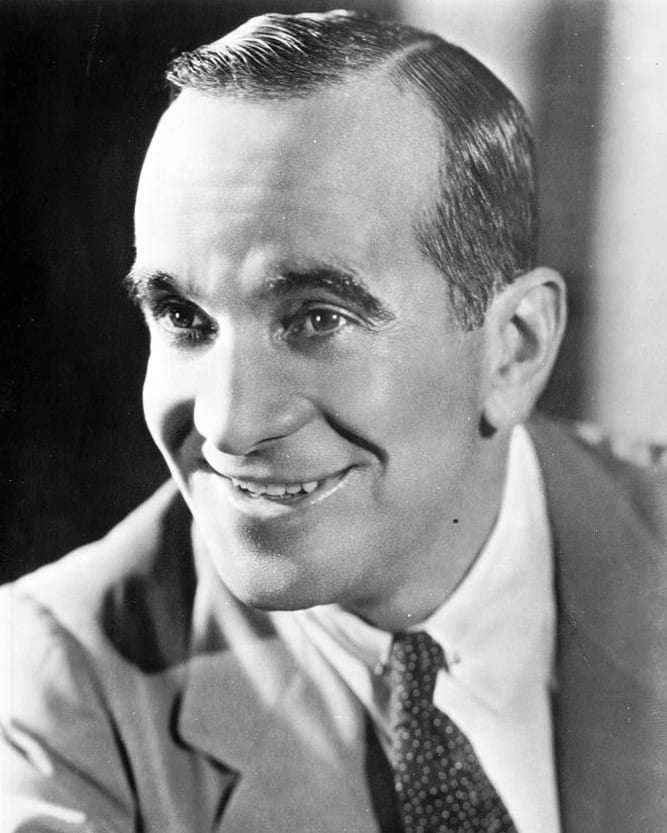Admired by Frank Sinatra, adored by Judy Garland, and defined by Bing Crosby as his spiritual father, we can safely state that much like Russian literature came to the world from the creases of Gogol’s “The Overcoat”, as Dostoevsky said, the American entertainment tradition came out of the mythological black suite of Al Jolson, who died this week 70 years ago.
Bob Dylan, even though born half a century after “Jolie”, said Jolson was “somebody whose life I can feel”. Did Dylan feel this way because both of them were artists, sons of immigrants, who, while eagerly trying to spot the American style, invented a new style? Or was that the shared fate of two Jewish Americans, Shabtai Zisel Zimmerman and Asa Yoelson, striving to break the chains of tradition and past, therefore changing their names? Whatever the answer might be, both Dylan and Jolson each in his time, became the heroes of that remarkable success story of Jewish immigrants in America’s new world.

Asa Yoelson was born in 1886 in a small town in the Russian pale of settlement, Kaunas area, Lithuania, then part of the Russian empire. His father was a cantor, Moses Yoelson, and his mother’s name was Naomi. Those were rough times for the Jews of Russia. The 1881-1882 pogroms were followed by massive anti-Semitic legislation and then came the “cold pogroms” led by Czar Alexander III, that lasted for 14 years.
Like millions of other Jews from the pale of settlement, Moses Yoelson hoped for a better life in the “Goldene Medina”, as the Jews called America with sparkling eyes. In 1891 he crossed the ocean and managed to find a job as a cantor and rabbi in the Talmud Torah synagogue in Southwest Waterfront quarter, Washington DC. His family joined him three years later.
Asa and his brother Hirsch, later Harry, were brought up in a harsh orthodox home. Their father designated his sons to carry on with the family tradition as cantors. He used to force them to sing loud, inserting toothpicks in their mouth to keep it open.

The first life changing event in young Asa’s history occurred in 1894 when his mother Naomi, to whom he was strongly attached, died at a young age of a malignant disease. He was only eight years old when he could hear her agony cries from the next room. Later he’d say that those days caused him to mature very fast. He said, “since then I’ve been scared to stay by myself. And that fear became my creative drive, that pushed me as a grown man to go on stage every night.”
When he was 14 year old, he ran away from home with his brother Harry, and changed his name to Al Jolson. They performed in street corners as a musical entertainment duo, combining ragtime and Vaudeville. They stayed in motels, sometimes even on the street and lived from hand to mouth. At one point, Al parted from his brother and left to New York alone – which was his second major turning point.

Today, Blackface is justly considered an offensive practice that mocks and humiliates African Americans, but back then, at the beginning of the 20th century, it was a legitimate, popular and loved form of entertainment. In 1904, Jolson was performing successfully in the Kinney Theater in Brooklyn, when one night his friend, the comedian James Francis Dooley, advised him to go on stage wearing black make up on his face, white lipstick, black shoes and white socks and a black suite. Jolson reported in his biography that this character released him from a creative block he was experiencing.
From that moment onwards he was unstoppable. His career skyrocketed, and everybody referred to him, until his death, as the world’s greatest entertainer.
Despite the blackface practice, Jolson himself was not a racist, though, quite the opposite. Back in 1911 he already acted against the discrimination of the blacks in Broadway, and helped black artists, playwrights and song writers including Louis Armstrong, Duke Ellington, Fats Waller, and Ethel Waters with their careers. One time, already at the peak of his success, upon hearing of a restaurant in Connecticut that refused to host jazz singers Noble Sissle and Eubie Blake, and though he did not know them personally, Jolson invited them to dine with him at that place. He introduced black styles to his fans, and thanks to his unique style in jazz and blues covers, as well as his anti-racism attitude – his audience loved black music.

Jolson did to jazz, blues and ragtime what Elvis did to rock ‘n roll. He was called the king of Broadway and even had the mythological producers, the Schubert brothers, name a Broadway theater after him. Jolson was also the first to invent the idea of paths from the stage into the audience.
The third crucial breakthrough in his career took place in 1927, when Jolson entered the hall of fame of cinema as star of the first talking movie: The Jazz Singer. Author Samson Raphaelson based his script about Jack Robin, a cantor’s son who turns his back to tradition and becomes a popular entertainer, on Al Jolson’s real biography.
During the Korean War, Jolson used to perform for soldiers in the battle fields, and was very devoted, even though his doctors begged him to slow down with long travels. On October 23, 1950 after returning from another long tour, entertaining Americans in the front, he was staying in a hotel suite in San Francisco, playing cards, and getting ready to go on air in Bing Crosby’s radio show, when suddenly he felt unwell. They called in a doctor for him, and Jolson checked his own pulse and said with a smile, “Oh, I’m going”, then suffered a major heart failure and died. His funeral was the largest ceremony any other artist ever had, with more than 20,000 people who came to see the final curtain fall on the great Al Jolson.
Al Jolson’s story, like many others, is displayed in the new Core Exhibition of the Museum of the Jewish People, slated to open this coming December, in a section about unprecedented influence of American Jews on world culture.

(Translated from Hebrew by Danna Paz Prins)